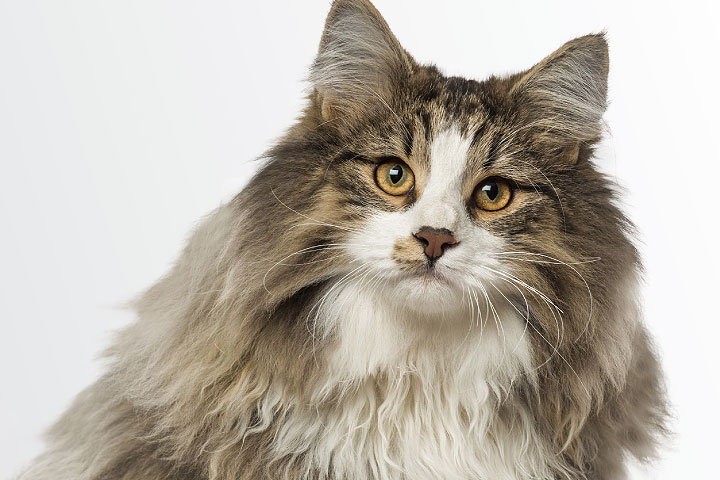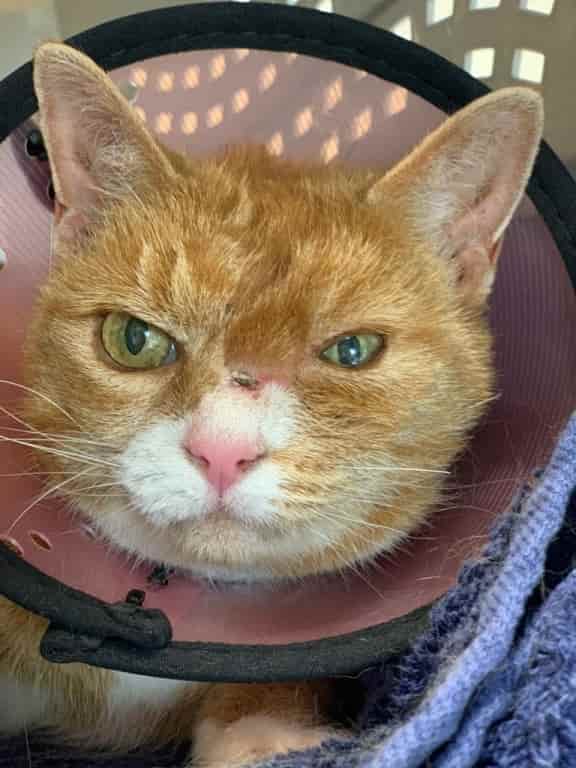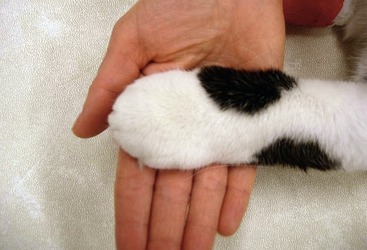acromegaly in cats uk
Acromegaly is a relatively rare condition caused by excessive hormone production in the brain or in mammary gland breast tissue. Recognized with increasing frequency in recent years - estimated prevalence of 25 in cats with diabetes mellitus in the UK.
It is more common in cats than dogs.

. In cats it is due to GH-secreting tumors of the anterior pituitary. These and other guidelines need reconsideration because our data show that such patients are at highest. Signs related to diabetes mellitus are.
Recent studies have shown a significant proportion of problem diabetic. The body tightly regulates blood glucose levels as a part of metabolic homeostasis. Acromegaly is a relatively rare condition caused by excessive hormone production in the brain or in mammary gland breast tissue.
The normal range is 2126. Acromegaly In Cats The Veterinary Nurse Thus using the square-cube law seems to provide a ballpark figure when attempting to determine a scaled-up size. Prevalence of acromegaly amongst diabetic cats in North America and the UK was found to be around 1 in 4 diabetic cats seen in primary practice.
The disease is therefore likely currently. The disease is therefore likely currently. Request PDF Acromegaly in cats Acromegaly is the term used in human medicine to describe a condition resulting from chronic excessive growth hormone GH secretion.
The glycaemia also known as blood sugar level. Comitant disease eg acromegaly may have influenced the results obtained. It can be caused by excessive hormone production in the brain or in.
One study has shown that one in three diabetic cats in North America suffers from acromegaly induced diabetes¹. Acromegaly is an endocrine disease that leads to elevated production and secretion of growth hormone GH. Others prove to be more challenging.
Another that one in four diabetic cats in the UK is suffering from the same². Prevalence of acromegaly amongst diabetic cats in North America and the UK was found to be around 1 in 4 diabetic cats seen in primary practice. It can occur in adult and aged cats and is usually associated with neoplasms.
Acromegaly in cats. Acromegaly is caused by excess secretion of growth hormone GH in adult animals. Acromegaly can occur in non-diabetic cats.
Some patients are textbook cases responding very well to insulin administration. Feline acromegaly has its origin in an adeno-hypophyseal lesion or an adenoma responsible for deregulation in the production of GH the growth hormone. Historically considered relatively rare endocrine disease.
It is more common in cats than dogs. Acromegaly sometimes referred to as hypersomatotropism is a relatively rare hormonal condition.

Diabetes In Cats Diagnosis And Management

The Management Of Feline Hypersomatotropism Hs Acromegaly

Pet Diabetes Awareness Month Diabetes In Cats Goddard Veterinary Group

Figure 1 From Acromegaly In A Domestic Short Haired Cat First Report From Iran Semantic Scholar
Studying Cat Felis Catus Diabetes Beware Of The Acromegalic Imposter Plos One

Rvc Diabetic Remission Clinic Remissionclinic Twitter

Hypersomatotropism Acromegaly And Hyperadrenocorticism And Feline Diabetes Mellitus Veterinary Clinics Small Animal Practice

Feline Acromegaly The Keys To Diagnosis

Acromegaly In Dogs And Cats Sciencedirect

Update On Feline Acromegaly Niessen 2013 In Practice Wiley Online Library

Continuing Professional Development Feline Acromegaly
![]()
Acromegaly In Cats For Cats Vetlexicon Felis From Vetlexicon Definitive Veterinary Intelligence

Acromegaly In Cats The Veterinary Nurse

Multidisciplinary Hospital Saves Cat With Cancer From Losing An Eye

Acromegaly In Cats The Veterinary Nurse


